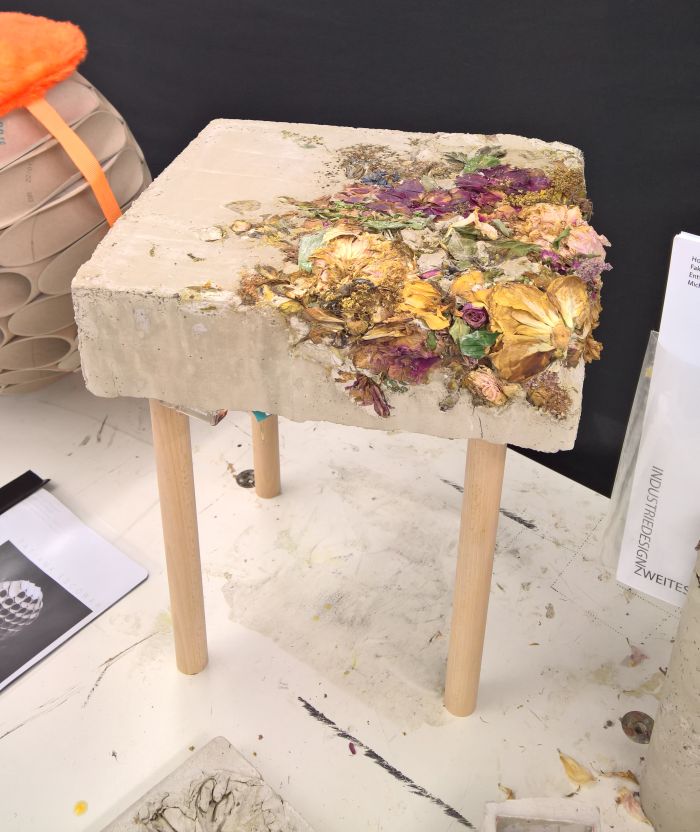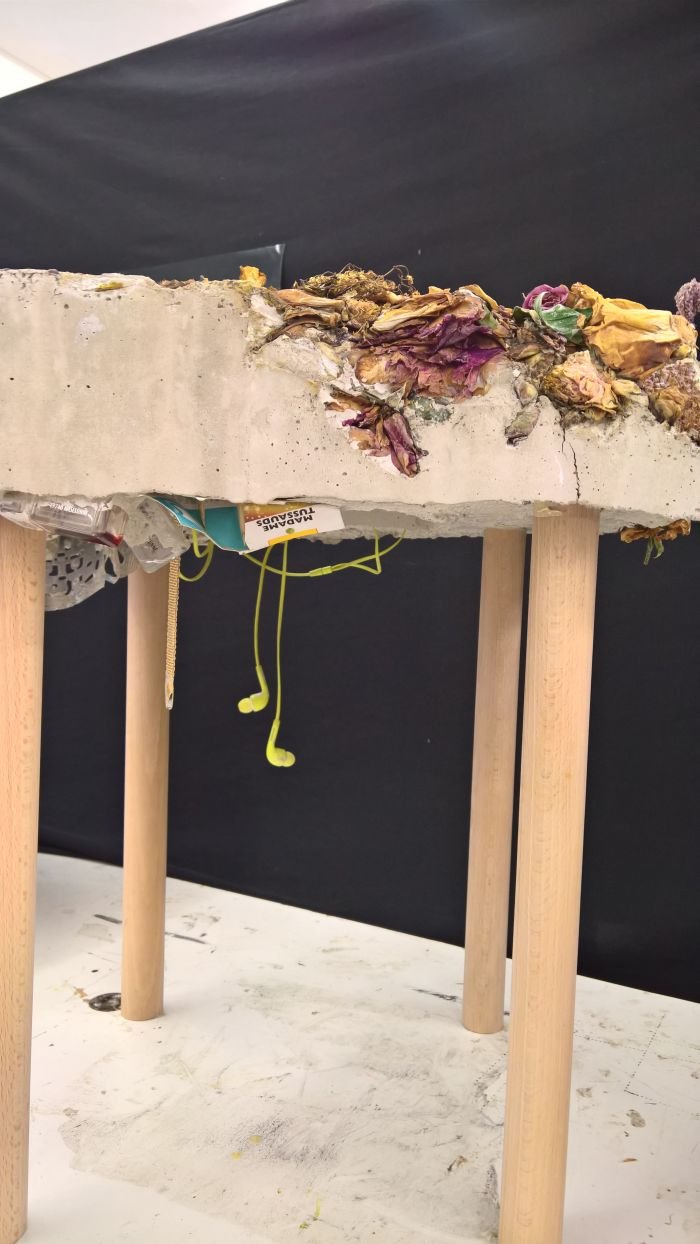In 2018 the Hochschule München Design Department will move a few hundred metres round the corner from its current home, a home it has occupied for over forty years, to a new purpose built facility opposite the main college building; consequently, the 2017 Jahresausstellung was one of the last chances to experience the Design Department in its original location.
But was it a presentation worthy of the moment, a fitting au revoir to an old friend..........?
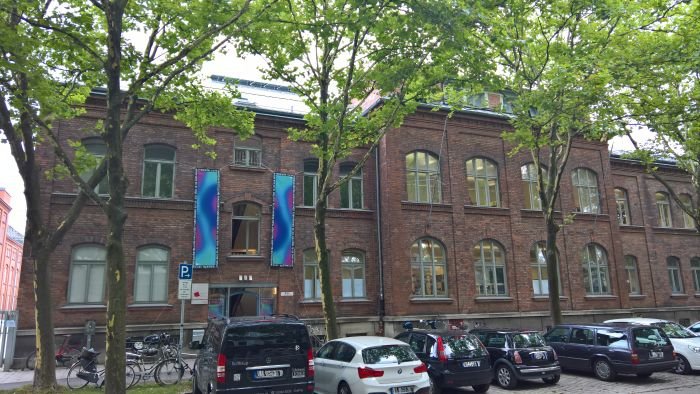
Established in 1971 through a fusion of seven existing higher education colleges, the Hochschule München offers a portfolio of study programmes across a wide range of technical, economic, social and creative disciplines. The latter congregated in the school's Design Department.
Inaugurated in 1971 as a Graphic Design degree with 92 students, students largely co-opted from the Department of Commercial Graphics at the former Akademie für das Graphische Gewerbe, the Hochschule München Design Department expanded in 1974 through the creation of an Industrial Design degree, before acquiring its contemporary guise in 2002 with the incorporation of the Staatliche Fachakademie für Fotodesign. While still one of the smaller Hochschule München departments the faculty is currently home to some 450 Bachelor and Master students.
How they study, what they study and the results of the combined how and what could be experienced at the 2017 Jahresausstellung end of term exhibition......
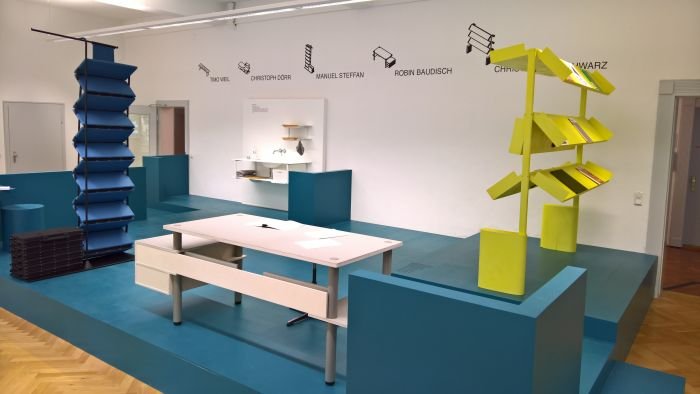
The Bachelor programme at the Hochschule München begins with a joint, foundation, semester before the students move towards their chosen specialisation - be that Industrial Design, Photo Design or Communication Design - and culminates in a graduation project. All stages of this progression were represented in the 2017 Jahresausstellung; whereby regular, keener, readers won't be surprised to learn that our principle, though as it turned out not exclusive, focus was the Industrial Design projects/classes.
In addition to a presentation of graduation projects by both Bachelor students and those from the school's Master in Advanced Design, the major focus of the 2017 Jahresausstellung was the semester projects including, and amongst many others, Life Tools which asked students to consider more sympathetically designed medical/movement aids, Multisensual which explored ways to make driving safer through tackling causes of human error, and the Mercedes-Benz Speed-Projekt in which students were challenged to develop a car capable of breaking the world speed record. And yes, they were all suitably hyper shiny.
Given it's background the Hochschule München is a very technically focussed college, though not exclusively, and many of the projects and classes did wander down much more conceptual avenues.
One or two of those avenues, both technical and conceptual, offered a particularly interesting and thought provoking vista.....
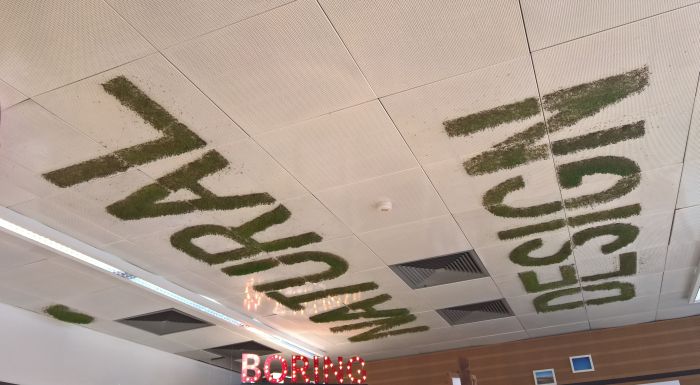
Developed in context of the project Gesundheit und Technik - Health and Technology - which saw students of the Design Department cooperate with their colleagues from the Department of Applied Social Sciences, Sensu represents a most pleasing evolution of the hospital privacy screen, not just in terms of usability but also in terms of optimising the use of hospital floor space.
Traditionally hospital privacy screens are either curtains permanently mounted on rails or mobile folding-screen style constructions: both perfectly efficient and effective solutions, albeit accepting that the first by necessity fixes beds between the curtain rails and the second requires storage space for those screens not currently in use.
Which while OK, ain't great.
Sensu proposes a more flexible, space saving solution.
In effect a large fan attached to the side of the bed, Sensu can be unfurled when needed and discreetly stowed when not. Yes, we would query the potential hygiene issues regarding such a close patient contact solution, and of course dust with so many folds, but we’re sure that’s all been considered. And yes, there is the undeniable fact that in an emergency situation you only have access to the bed from three sides, with all the potential consequences that could, possibly, have have for the medical staff; but in a ward situation where the aim is temporary privacy – changing bandages, visit by a consultant, or indeed sleeping – unlikely to be an issue. Otherwise, if a stable, durable, and potentially colourful, material can be found which allows an appropriate, cost effective, lifespan, Sensu would appear a very elegant solution to a problem that ain’t ever likely to go away.
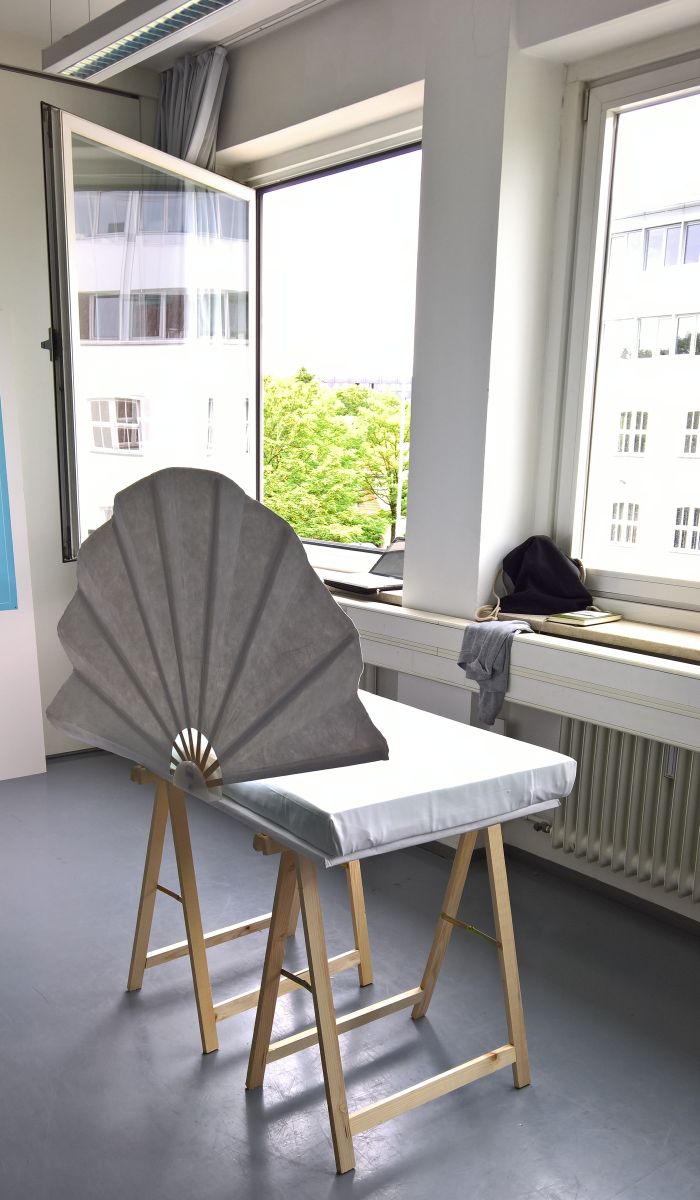
Because as a species we are no where near as clever as we like to think we are, we are unable to fully assess the consequences of our actions: far less comprehend that for every intended consequence there is an unintended consequence, be that positive or negative.
One consequence of our contemporary networked, digital world is that stimulus is never far away: stand at any bus/train/tram stop anywhere in the world on any given day, and all are busily checking their Facebook/Snapchat/Instagram timelines. Arguably an intentional consequence, at least in context of the income streams of the Californians responsible, yet one which means that future generations may not know what boredom is.
Is that good? Or would a little less sensory input make us happier, more productive, less stressed? Is boredom perhaps important?
Those, in essence, were the questions Tom Semmelroth posed in his Communication Design BA graduation project.
Questions we heartily advise all to consider....... possibly while apathetically watching a pigeon hop around a train station platform.....
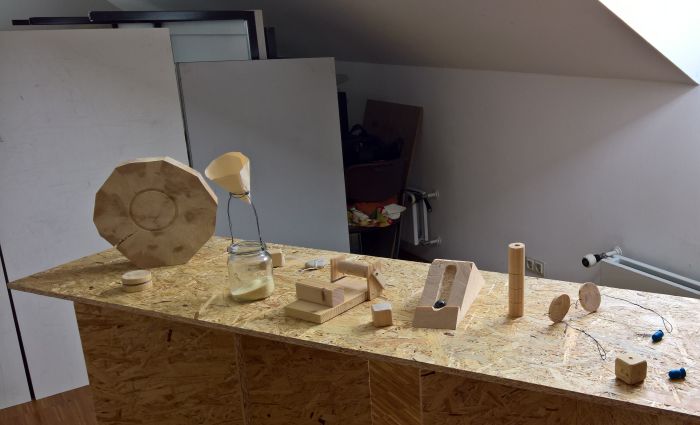
"If we want to face the urgent ecological and social challenges of our time, we need to change how we design."
So began the introduction to the presentation of projects realised in context of the Natural Design course by and with Prof. Ralph Ammer, a course which explored the subject from a very fundamental position, posing questions such as What is nature?, Is nature a commodity?, What is waste?, How can we understand complex natural processes? or How can we stay sane? A question answered by Manuel Erhard with a sauna like cubicle in which one finds pure, unadulterated boredom. We're calling it the Boredroom, and which when considered in conjunction with the aforementioned Investigating Boredom project, also supervised by Prof. Ammer, means that the Hochschule München is arguably the most boring design school we've visited on our #campustour. And Ralph Ammer the most boring Professor in Germany. In the positive sense, obviously.
Amongst the fifteen projects presented, including the ubiquitous and inevitable mealworm, we were particularly taken with Yasin Ittlinger's considerations on "What do we find when we get lost?"
Presented as a short animation of a figure ignoring the masses, taking alternative, spontaneous, routes and flouting no entry signs, What do we find when we get lost? is/was the most wonderful celebration of not having fixed ideas, of being open to new, unexpected options, of taking chances when they arise, of going random ways, of exploring and of generally not following a pre-planned route. Of understanding a journey as a journey, and that more often than not "lost" is just an intermediate station.
In many respects analogous to the question of the importance of boredom, Yasin's project is also the antidote to the perfectly organised smart app hell we found at the Royal College of Art London Graduation Show.
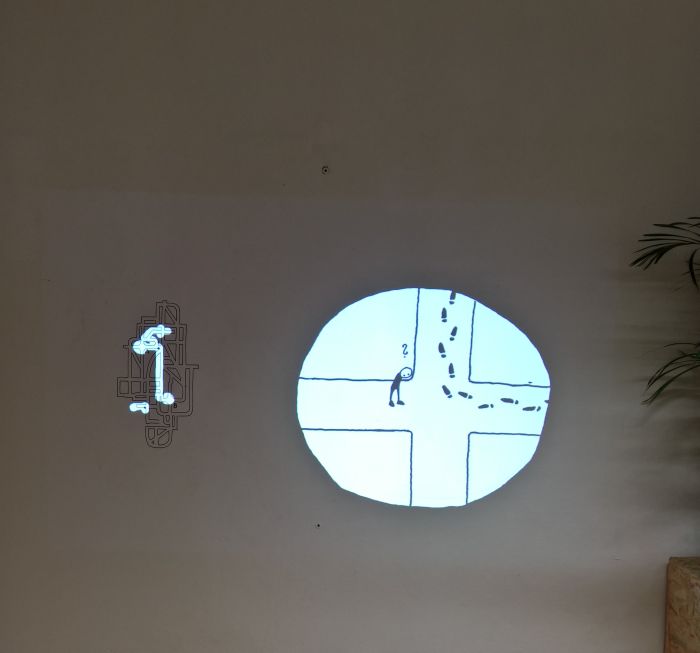
While in no way naturally drawn to the dramaturgy of Romanticism, our inner Shelly awoke upon setting our pained, youthful eyes on the Flowaste Chair by Michelle Hussel.
Created in context of the second semester Design Development course, Flowaste Chair is on the one hand a relatively straightforward concrete seat/wooden leg construction. And on the other a heartfelt, melancholic, ode to consumerism, value and decay.
Set in the upper part of the seat one finds fresh flowers, slowly decaying and fading, yet as with the ageing face of a true love, never losing their beauty or innate attraction, in many respects becoming more alluring with every passing, waning, day: below the indestructible junk of contemporary life, objects which despite having long since lost their function refuse to perish, and which will accompany and haunt us forever. Much like memories of the privations of youth.
Atop the opiate high, below the sordid, syphilitic, reality.
As a stool totally impractical, as an object a genuine delight.
Full details on the Hochschule München can be found at www.design.hm.edu
